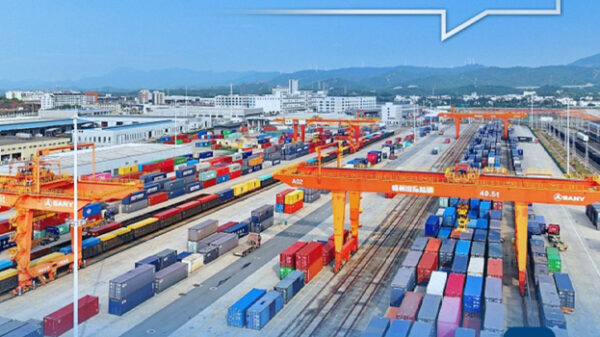– Promote green energy –
The flight from Nanjing to Hawaii was scheduled to be the longest section of the maiden solar-powered global circumnavigation, an attempt to promote green energy.
The journey began in Abu Dhabi in March and was originally intended to be for 12 legs, with a total flight time of around 25 days.
Speaking on Saturday hours before the departure from Nanjing, Borschberg told reporters that the plane could land in Japan in case of technical problems, but the open ocean offers no such possibility.
“In case of emergency, we have Japan on the way, so we have identified airports where we could stop but this only really is in case of very difficult technical problems,” Borschberg previously said.
“As soon as we leave this part of the world, then afterwards we are in the open sea. There is no way to come back.”
Failure could mean a parachute descent into the ocean, hundreds of kilometres from rescue.
No ship is trailing the plane as it travels far too fast for a maritime vessel to keep up with, even though its maximum speed of 140 kilometres an hour is much slower than conventional jet aircraft.
Solar Impulse 2 is powered by more than 17,000 solar cells built into wings that, at 72 metres, are longer than those of a Boeing 747 and approaching those of an Airbus A380 superjumbo.
The plane is the successor of Solar Impulse, which notched up a 26-hour flight in 2010, proving its ability to store enough power in lithium batteries during the day to keep flying at night.
Ridiculed by the aviation industry when it was first unveiled, the venture has since been hailed around the world, including by UN chief Ban Ki-moon.














































